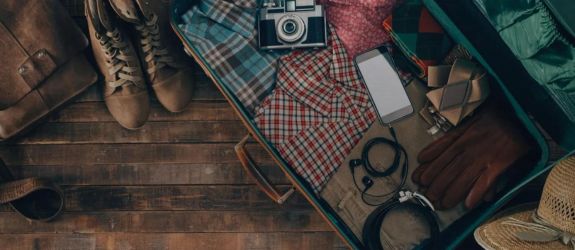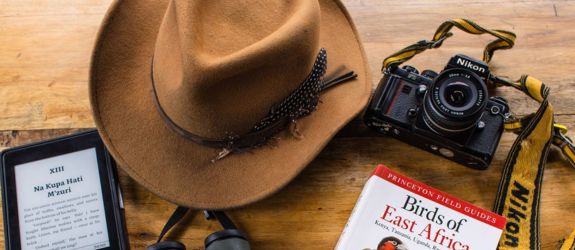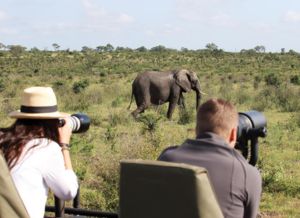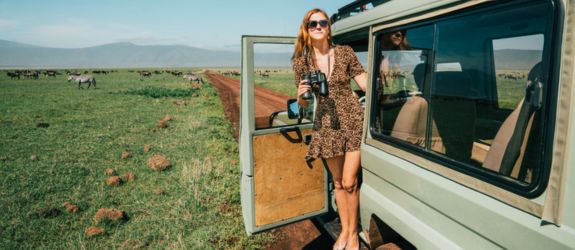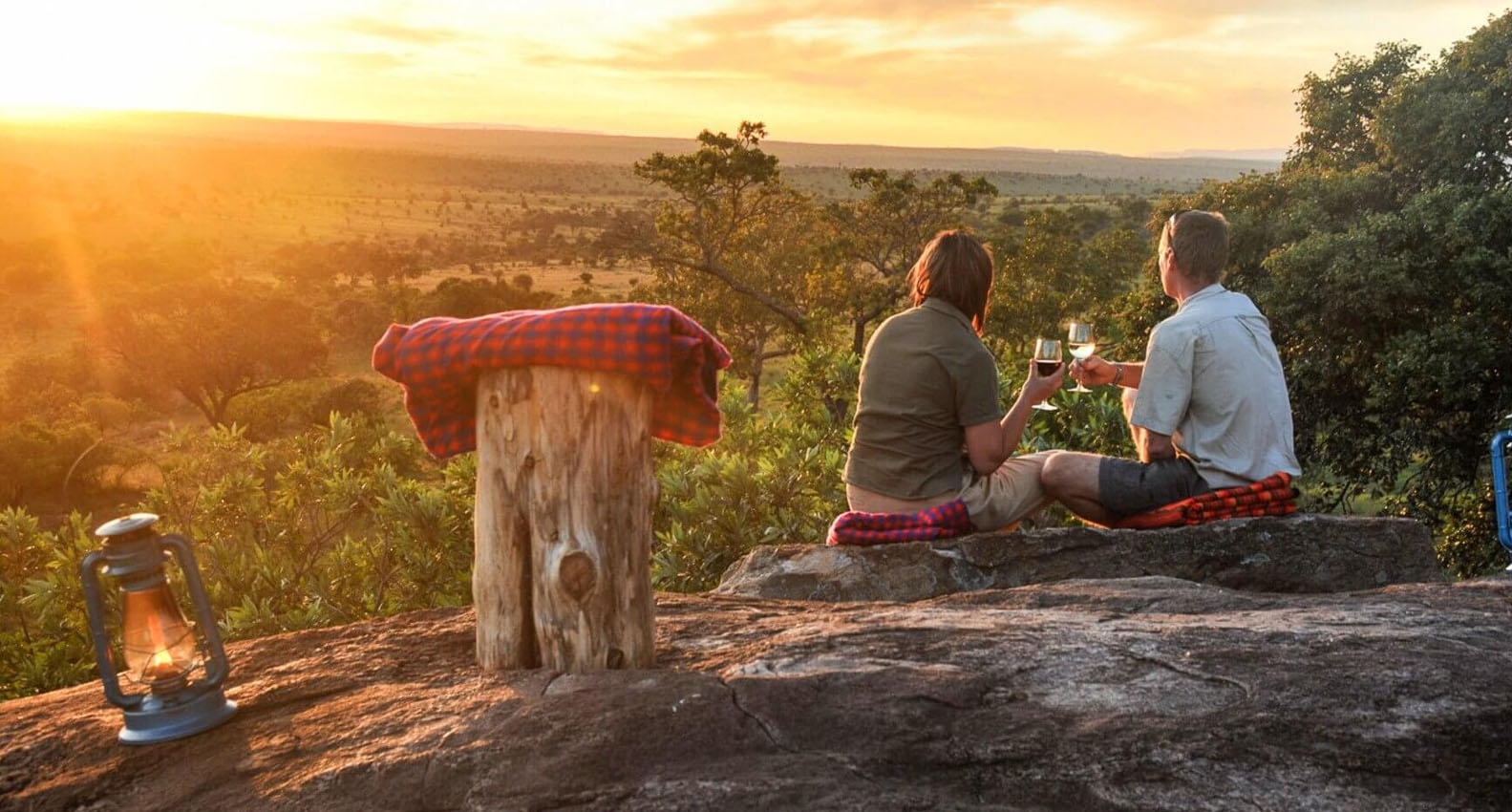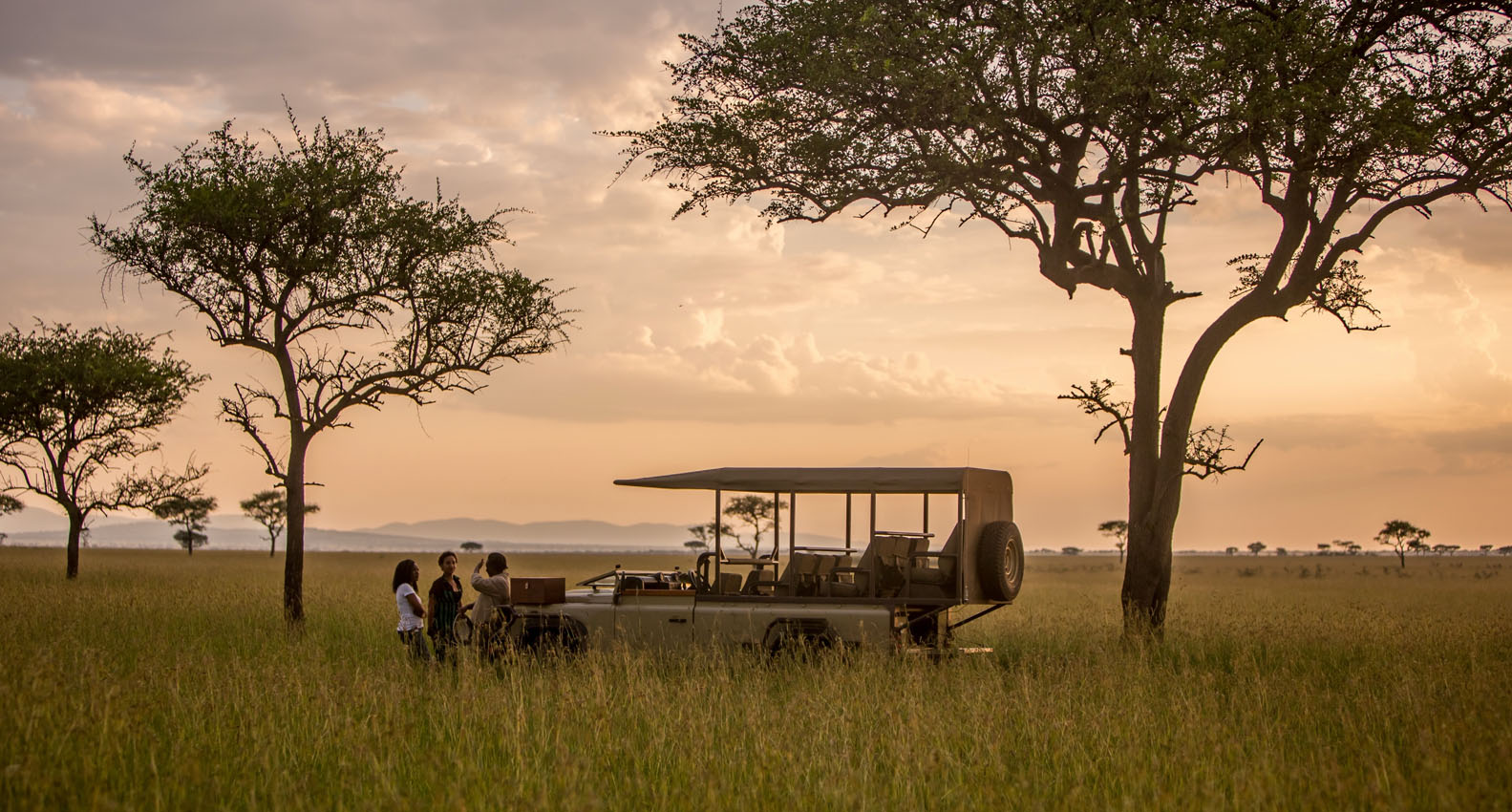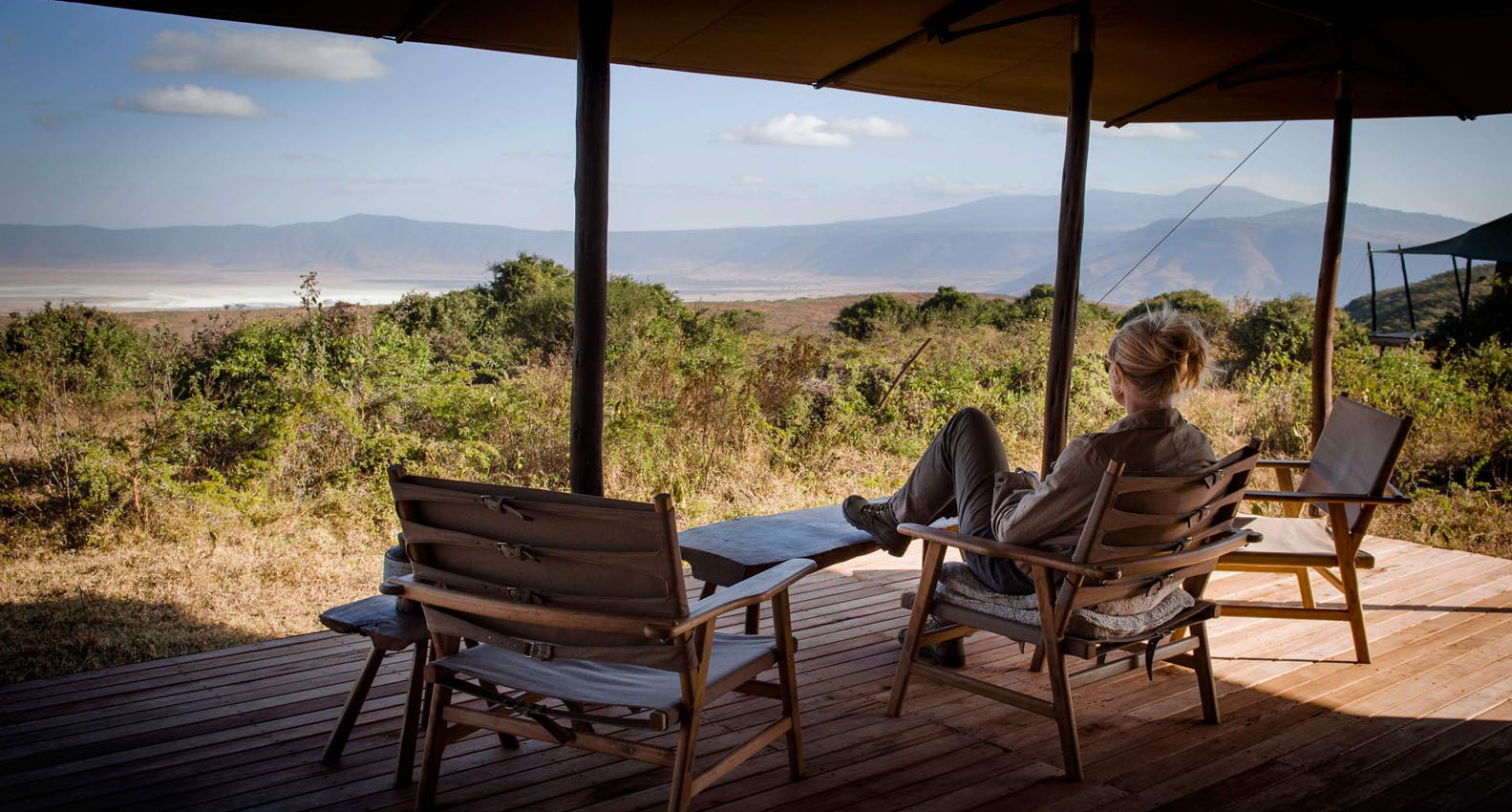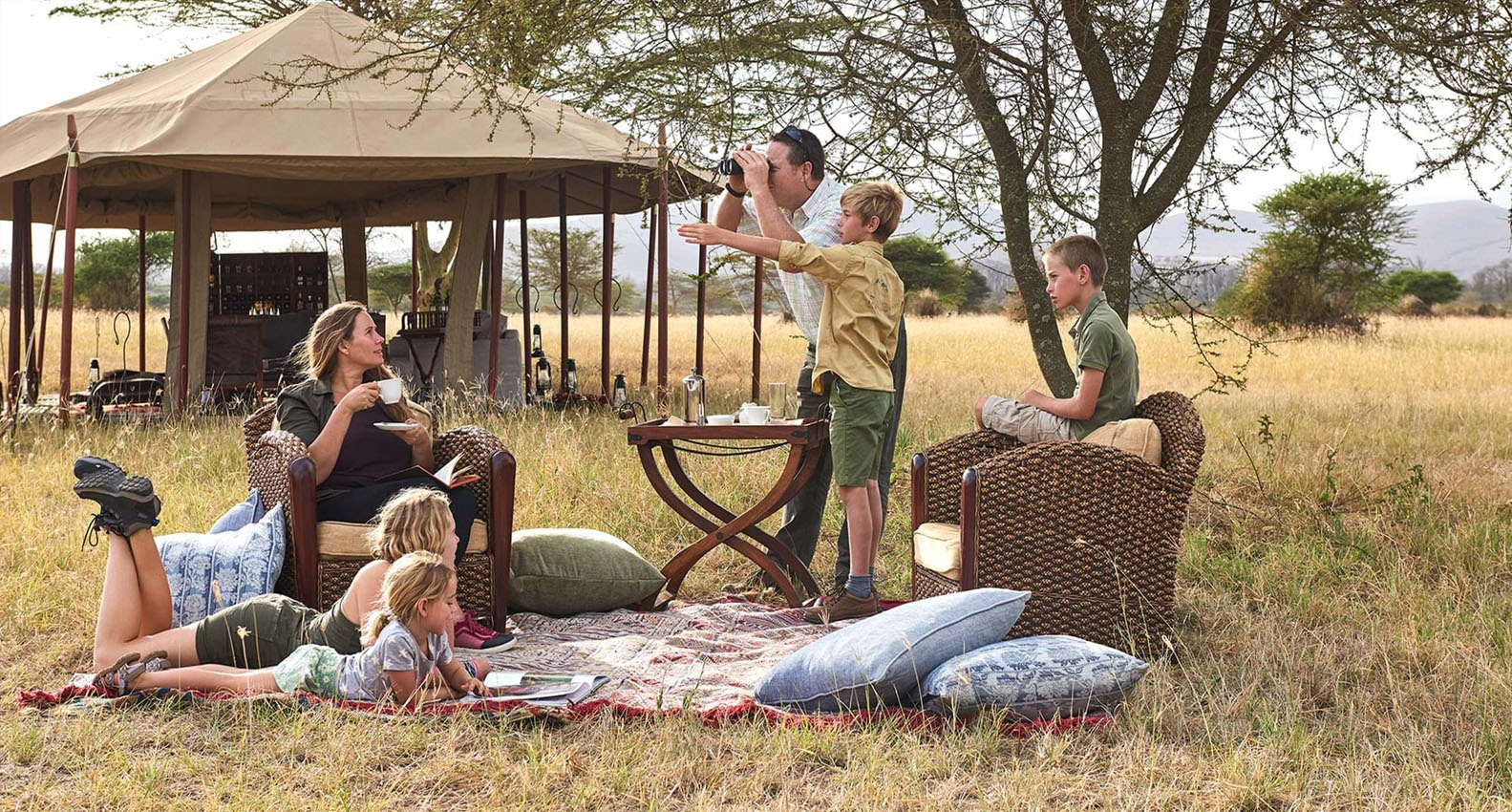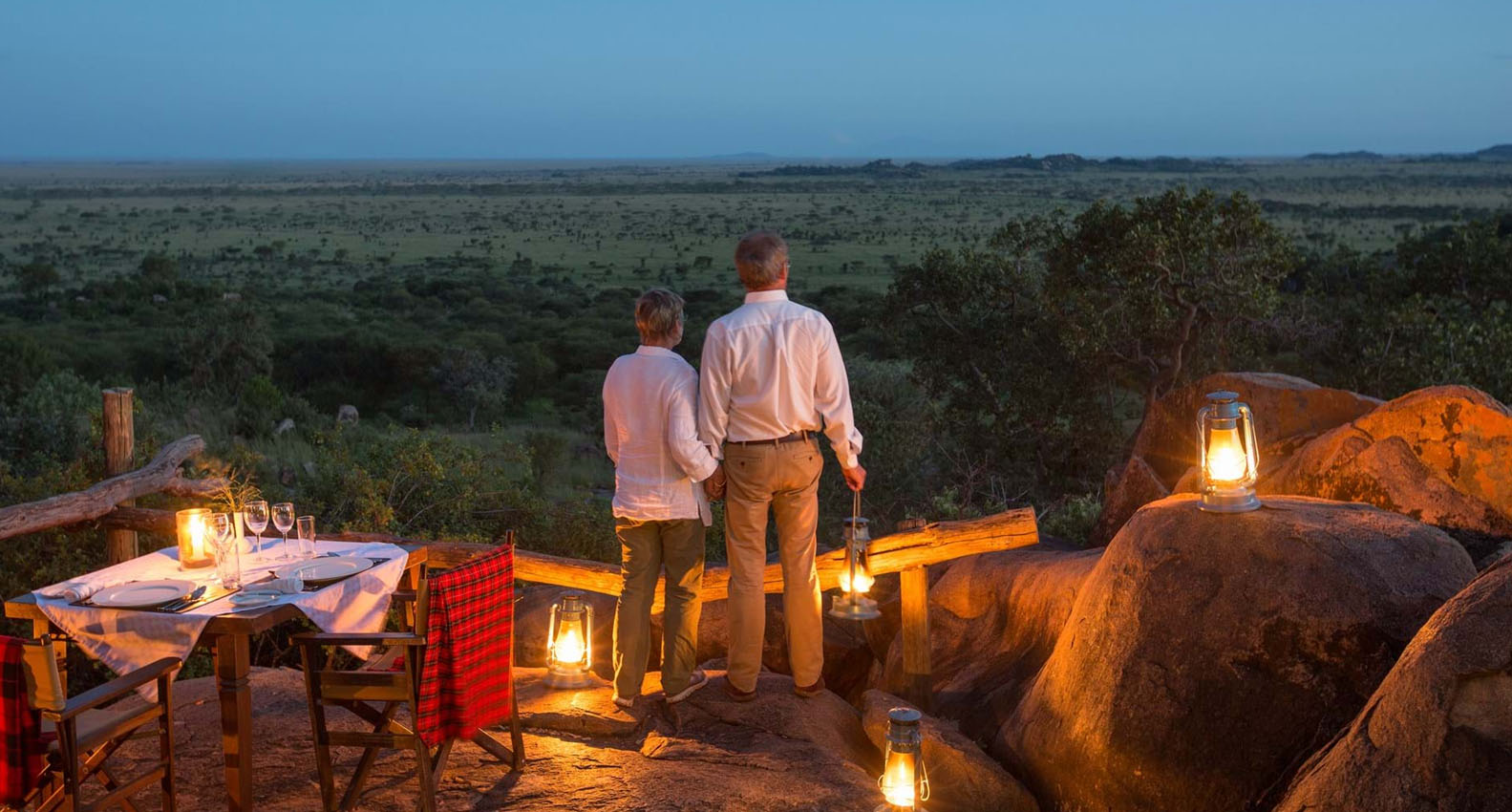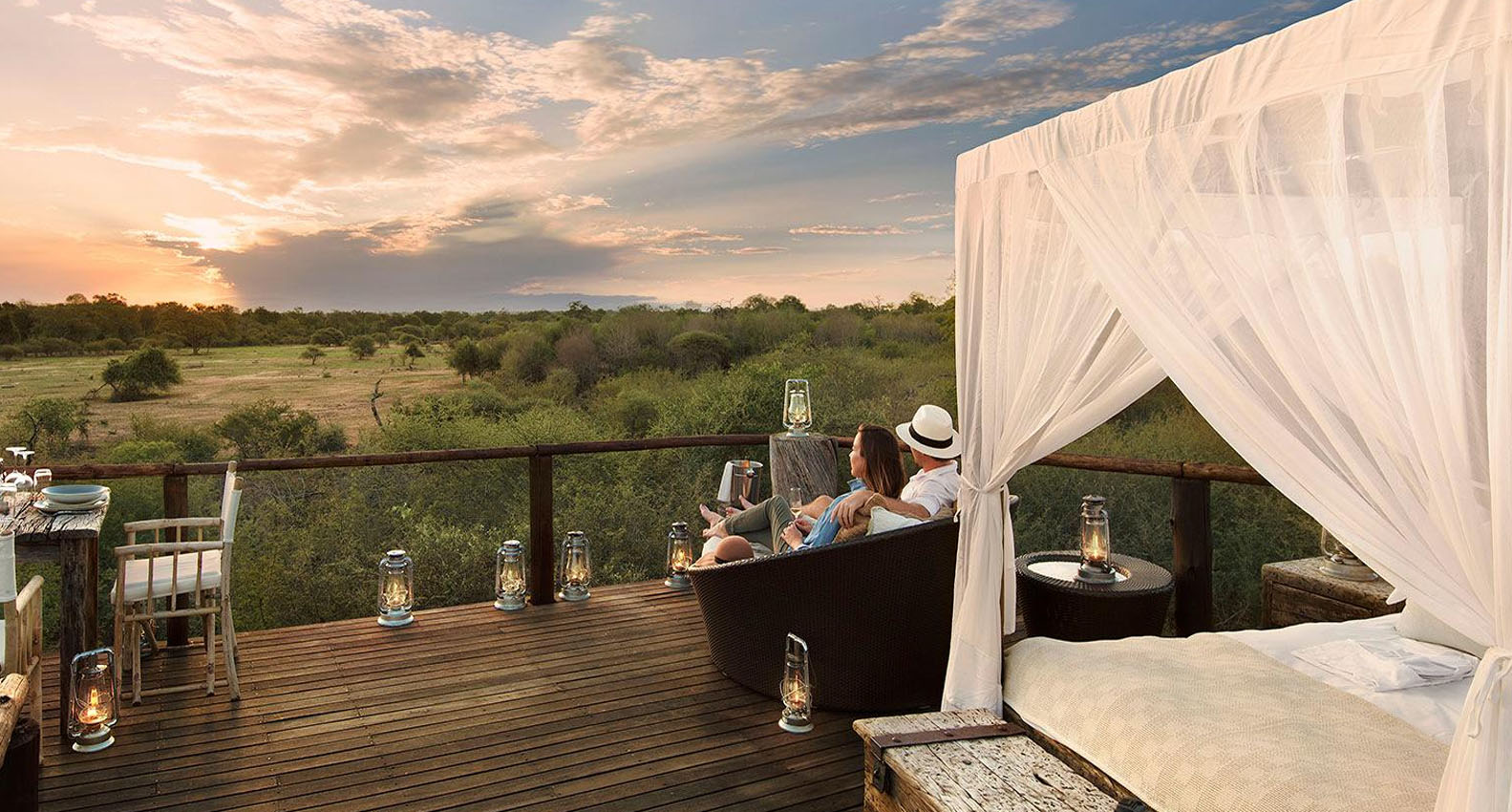
Blending  Practicality and Adaptability For Tanzania
Practicality and Adaptability For Tanzania
Tanzania's attraction as a safari destination centres Prioritize comfort and functionality. Light, breathable, and moisture-wicking fabrics are your best friends during warm days on Tanzania Safari Tours. While layering options are essential for cooler mornings and evenings.
- Don't forget a wide-brimmed hat, sunglasses, and a lightweight, long-sleeved shirt for sun protection.
- Neutral is the answer to What Colours to Wear on Safari in Tanzania.
- This helps you blend into the environment and minimizes disturbance to wildlife during game drives.
- For what Shoes for Safari in Tanzania – Invest in a pair of comfortable, closed-toe shoes with sturdy soles. They're perfect for bushwalks and provide stability during game drives.
- Tanzania's Wildlife offers breathtaking moments, so packing binoculars and a quality camera with a zoom lens is a must.
- A basic medical kit that includes essentials like antimalarial medication, pain relievers, bandages, and insect repellent is crucial.
While safaris are typically casual affairs, consider packing a slightly more formal outfit if you plan to dine in lodges or camps. It's also a good idea to have a lightweight, compact rain jacket, as the Weather in Tanzania tends to be unpredictable.
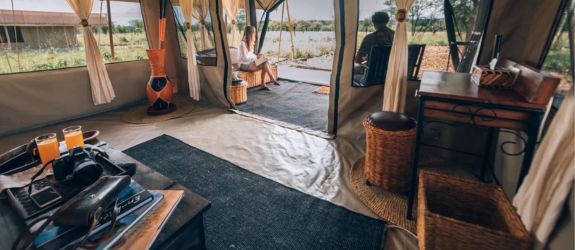
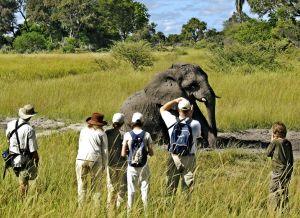
From Natural Wonders To Secluded Paradises
